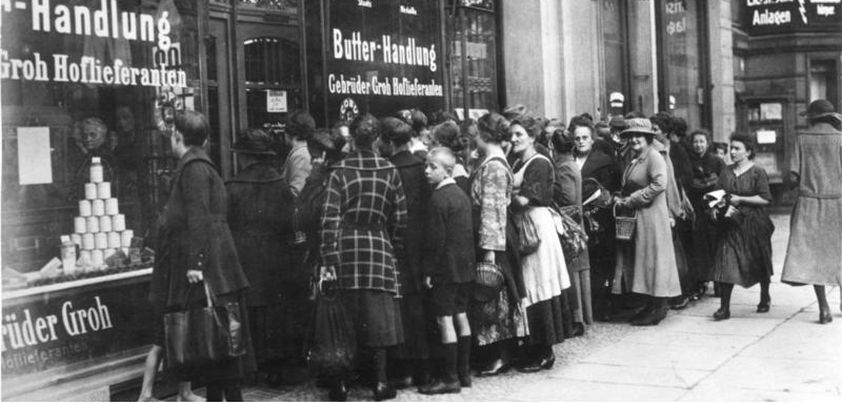 The charm of this story by Thomas Mann lies in its relative uneventfulness… no crime, violence, madness or broken hearts! Set in the 1920s, it follows a day in the life of a close, middle-class German family. The major theme is resilience: the struggle of the German people to recover from the social disruption and deprivations of World War I and cope with emerging hyperinflation. Secondary themes are identity, the relationship between history and the present, and the emergence of a more independent youth culture embracing new styles in music, dance, fashion and the arts.
The charm of this story by Thomas Mann lies in its relative uneventfulness… no crime, violence, madness or broken hearts! Set in the 1920s, it follows a day in the life of a close, middle-class German family. The major theme is resilience: the struggle of the German people to recover from the social disruption and deprivations of World War I and cope with emerging hyperinflation. Secondary themes are identity, the relationship between history and the present, and the emergence of a more independent youth culture embracing new styles in music, dance, fashion and the arts.
The major irony of the story is that the family patriarch (a history professor) fails to appreciate that he is living through one of the major turning points in modern European history: …history professors do not love history because it is something that comes to pass, but only because it is something that has come to pass; that they hate a revolution like the present one because they feel it is lawless, incoherent, irrelevant–in a word, unhistoric. The past is “safe”, because it is over; he is blinded as to the significance of the present by his love for and concern over the future of his family, especially the two very young children.